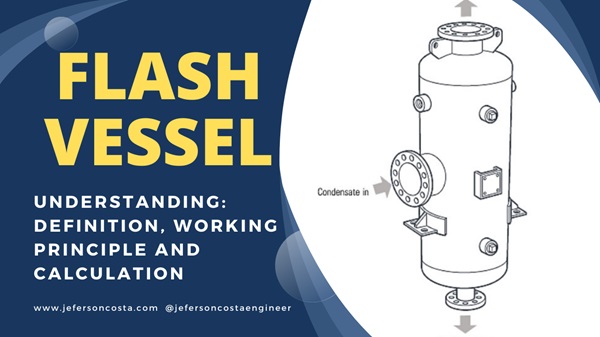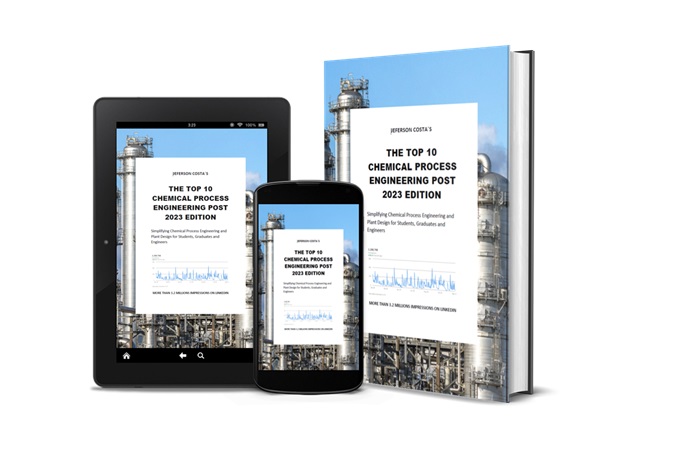Reflux Ratio in Distillation Columns: A Comprehensive Guide for Chemical Engineers
Distillation is a fundamental process in chemical engineering used for separating components based on differences in their volatilities. A critical parameter in the design and operation of distillation columns is the reflux ratio. Understanding the reflux ratio and its implications on distillation efficiency is essential for chemical engineers.
In this post, I will guide you into:
- Reflux ratio formula
- Reflux ratio in distillation columns
- Reflux ratio equation
- Reflux ratio calculation
- Reflux ratio definition
Moreover, in this post, I will show you how to calculate the column number of stages based on the reflux ratio. So, let’s get started.
Reflux Ratio Definition. What is the Reflux Ratio?
The reflux ratio is the ratio of the liquid returned to the distillation column as reflux to the liquid product withdrawn as distillate. It is a dimensionless number that significantly impacts the separation efficiency and energy consumption of a distillation column.
Reflux Ratio Formula
The reflux ratio (R) can be mathematically defined as:
R = L/D
Where:
R is the reflux ratio.
L is the reflux flow rate (the amount of liquid returned to the column).
D is the distillate flow rate (the amount of liquid withdrawn as product).
Reflux Ratio in Distillation Column
In distillation, the reflux ratio is a critical parameter that influences the number of theoretical stages or trays needed to achieve a desired separation. A higher reflux ratio generally leads to better separation, but it also increases the energy requirement for reboiling and condensing the vapor.
The design and operation of a distillation column revolve around the optimization of the reflux ratio. The right reflux ratio ensures the column operates efficiently, balancing the trade-off between separation performance and energy consumption.
Reflux Ratio Equation
The reflux ratio can be further related to the minimum reflux ratio (Rmin) and the actual reflux ratio (R). The minimum reflux ratio is the lowest reflux ratio at which the desired separation can be achieved. It can be determined using methods like the Fenske-Underwood-Gilliland (FUG) method.
Gilliland’s Correlation (for the number of stages required):
(N – Nmin)/(N + 1) = 0.75 (1 – Rmin/(R + 1))
Where:
N is the actual number of stages.
Nmin is the minimum number of stages.
Rmin is the minimum reflux ratio.
R is the actual reflux ratio.
Reflux Ratio and its importance
The reflux ratio directly affects the efficiency and operating cost of a distillation column. Here’s why it is important:
1. Separation Efficiency: A higher reflux ratio typically improves the separation efficiency, producing a purer distillate.
2. Energy Consumption: Increasing the reflux ratio also increases the energy requirement for the reboiler and condenser, impacting the overall energy efficiency.
3. Column Design: The reflux ratio influences the number of stages or trays needed in the column, affecting its height and cost.
When designing and operating a distillation column, chemical engineers must carefully select the reflux ratio. This involves considering:
- The desired purity of the distillate.
- The energy cost and availability.
- The capacity and throughput of the column.
- The economic trade-offs between capital expenditure and operational costs.
Example: Finding the Reflux Ratio in a Petrochemical Process
Let’s consider a distillation column in a petrochemical process separating benzene and toluene. The desired distillate product is benzene with a purity of 99%, and the feed flow rate is 100 kmol/hr with a benzene composition of 50%. The minimum reflux ratio (Rmin) for this separation is determined to be 2.0 using the Fenske equation and Underwood method.
To find the actual reflux ratio (R), we typically choose a multiple of the minimum reflux ratio, often between 1.1 to 1.5 times Rmin, for practical operation. Let’s choose 1.3 times Rmin for this example:
R = 1.3 x Rmin = 1.3 x 2.0 = 2.6
Now, let’s validate this choice with the given process conditions. Using Gilliland’s correlation, we calculate the number of stages required for the chosen reflux ratio.
For simplicity, assume the column requires a minimum of 15 stages (Nmin). The actual number of stages (N) can be estimated using:
(N – Nmin)/(N + 1) = 0.75 (1 – Rmin/(R + 1))
Substituting the values:
(N – 15)/(N + 1) = 0.75 (1 – 2.0/(2.6 + 1))
Solving for N:
N = 15.33/0.67 = 22.87 or round up to 23 stages
Thus, the column should have approximately 23 stages to achieve the desired separation with the chosen reflux ratio of 2.6.
These calculations most often are performed by chemical engineers using process simulation software like Aspen Hysy, Aspen Plus, DWSIM etc. You can find how to use them on my YouTube channel: https://www.youtube.com/@jefersoncostaengineer
The reflux ratio is an important parameter in distillation column design and operation. By understanding its definition, formula, and importance, chemical engineers can optimize the distillation process to achieve the desired separation efficiently and economically.
Whether designing a new distillation column or optimizing an existing one, a thorough grasp of the reflux ratio’s role is essential for successful chemical process engineering.
Join my newsletter to learn how to link chemical engineering and plant design.
Useful links and Materials:
HYSYS Tutorial for Beginners | Aspen Hysys training
Aspen Plus for beginner flash separator | Aspen Plus tutorial
DWSIM process simulator tutorial | DWSIM Pump and Pump Curve simulation



